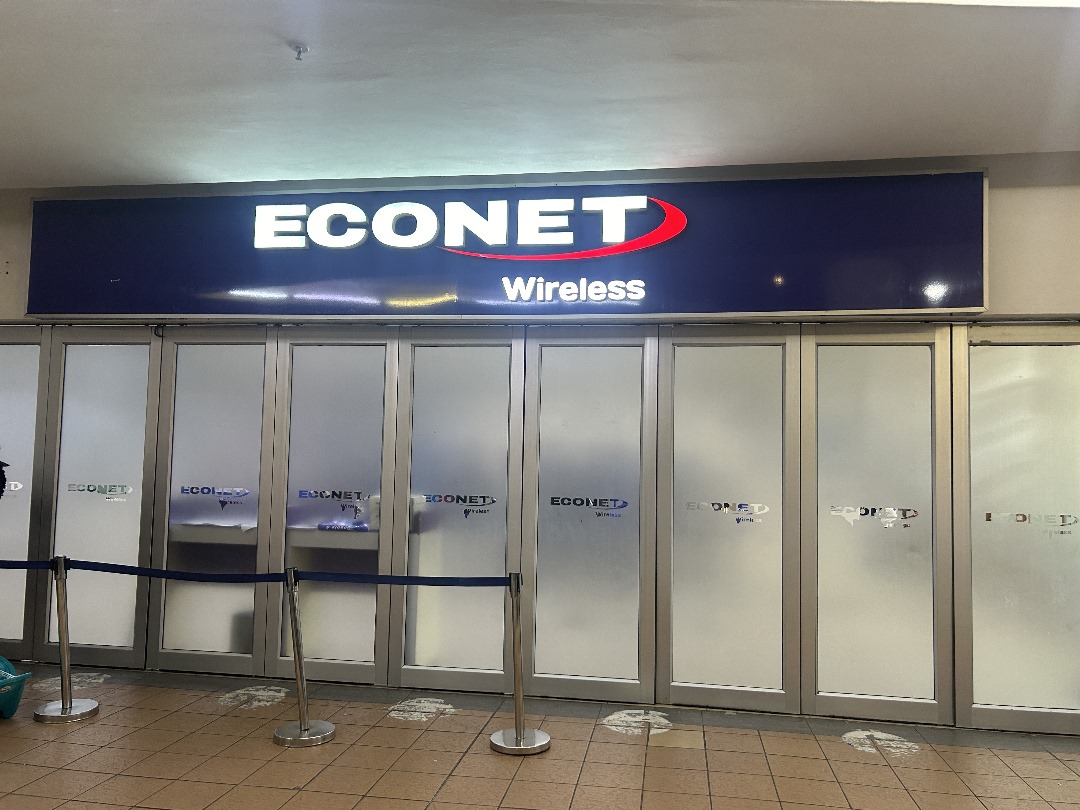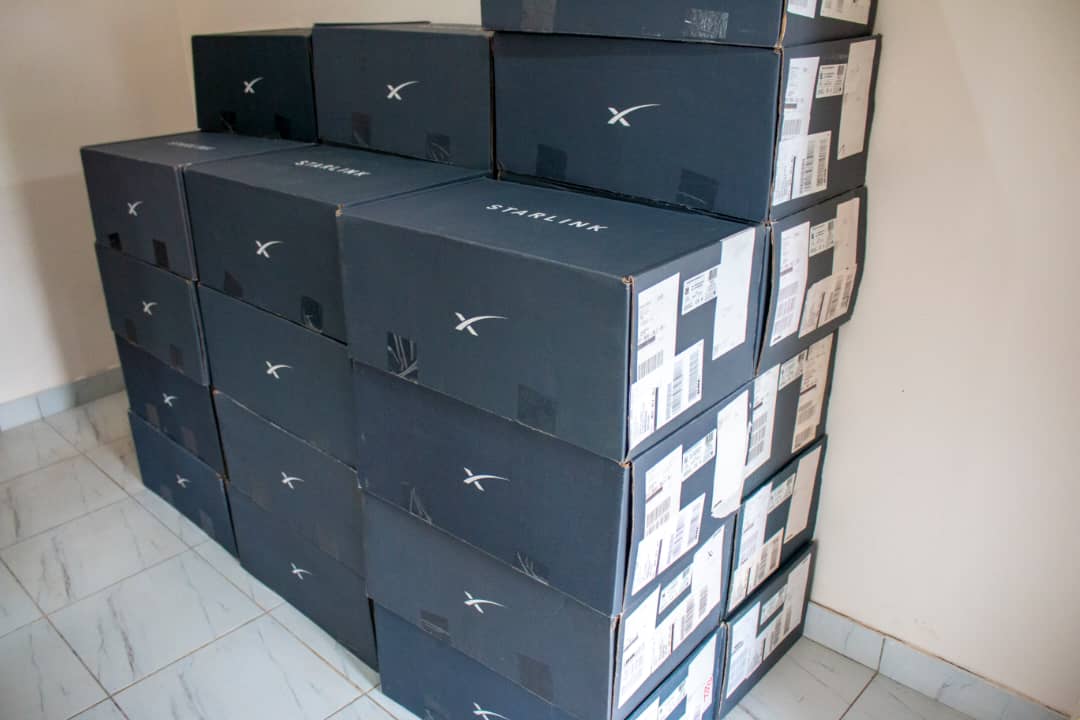The biggest mobile network operator in Zimbabwe, Econet, recently released its annual report for the year ended February 2024. I still find it frustrating that we only get to examine Econet’s financials, while the competition can remain as secretive as it wants.
Anyway, we will be digging into the Econet report, but first, let’s hit the highlights.
If you had forgotten how dominant Econet is, feast on this: they report:
- 10.44 million active customers (out of 16.8 million connected customers)
- 69.7% of mobile subscribers
- 83.7% market share of internet and data traffic
Positives
The report shows growth in key areas. Revenue, adjusted for inflation, reached ZW$14.8 trillion, marking a substantial 133% increase compared to the previous year’s ZW$6.3 trillion.
I know those figures might seem abstract. Zimbabwean currencies are always in flux, and it’s hard to recall how much a trillion was worth in February.
Unfortunately, the country was in a hyperinflationary period, so while we can convert those figures at the prevailing exchange rate at the end of February, it will only give a rough idea of their actual value.
At the official rate of 1:15,000 as of the end of February, revenues would be roughly US$987 million. I know some may balk at the idea of Econet collecting nearly a billion in revenue, but that sounds about right. Back in 2018, when financial statements were in USD, Econet reported revenues of $831 million.
This growth was fueled by a 363% surge in capital expenditure, which rose from ZW$0.4 trillion in 2023 to ZW$1.9 trillion in 2024. This capital expenditure deserves its own discussion, but for now, we can note that Econet invested roughly US$127 million in equipment.
This investment in infrastructure led to better service and higher revenue, as expected.
The company’s earnings (EBITDA) also demonstrated significant growth, reaching ZW$7.1 trillion, a 175% increase from the previous year’s ZW$2.6 trillion. Remember, this is how much money Econet made from its core operations before considering things like taxes, loan payments, and depreciation.
So we’re saying Econet made roughly US$433 million from its core operations—a massive 175% increase from the previous year’s $172 million.
So those are the positives:
- A 133% revenue increase to about a billion USD
- 363% increase in money spent on equipment etc to roughly US$127 million
- 175% increase in money made from core business to roughly US$433 million
The loss
Despite these positive indicators, the company reported a net loss of ZW$1.1 trillion (roughly US$73 million), a significant increase from the ZW$0.3 trillion loss in 2023.
Wrap your mind around it: nearly a billion dollars in revenue, yet a loss of about $70 million.
There are a few factors to consider to make sense of this:
First, Econet incurred substantial exchange losses due to the depreciation of the ZW$. You’ll remember how quickly that currency lost its value.
These exchange losses amounted to US$213 million (ZW$3.2 trillion), or 22% of revenue. These losses are not related to the company’s operational efficiency but rather to external economic conditions. It’s the price you pay for operating in Zimbabwe.
The increase in capital expenditure also affects profitability. Econet saw a notable increase in depreciation and amortization expenses. These non-cash expenses reduce net income, even though they do not impact cash flow directly.
Another factor is hyperinflation. The distortions caused by hyperinflation can lead to discrepancies between operational performance (revenue and EBITDA) and the net income figure.
Finally, there’s taxation. Econet’s tax increased by 85% to roughly US$253 million (ZW$3.8 trillion).
So, just tax and exchange losses wiped out 50% of revenues. I consider exchange losses a kind of tax because they result from the government’s monetary policies affecting currency stability.
With all this in mind, you can better understand how nearly a billion in revenue and close to half a billion in operational income can still lead to losses.
That said, this was a 245% increase in losses, which is concerning, regardless of the caveats we discussed.














Comments
7 responses
May you please do an article on using Starlink on back-up power. Like the consumption an other factors as you our ZESA is unreliable.
Zimloan USD Loan
Dear Friend, you’ve been referred by Luckmore to contact ZimLoan for an online loan.
*Fully registered microfinance institution
*No paperwork and 7*24h online
*Apply 100% via mobile
*Receive mobile money instantly within 5 minutes
Follow the link to start your application now!
https://zimloan.com/i/k4EqLaPB
No paperwork haisi scam here?
Kkkkkkk
Econet’s number are smokes and mirrors, especially when presented in ZWL
1. They can make exchange losses when their reporting currency is the weaker one, we expected exchange gains because all USD denominated assets would appreciate, unless if they are telling us that they had so much USD denominated liabilities that exceeded USD assets.
2. Their subscriber numbers are duplicated, if not triplicated. After downloading their Econet app, I found that I was subscribed to 2 more lines. We are a family of 5, all with the Econet app and triplicated subscriptions. I wonder how that is possible. Econet’s subs are likely half of what they are reporting.
3. The tendency to report in ZWL is a case of whimsical over-compliance. They have been collecting significant amount of USD but it makes sense to pay the taxes and licenses in ZWL, while capital development is funded in USD. They are just spiting the government or paying the government with their own coins.
They can’t…
Hi Leonard Sengere, your explanations are so artful. Kudos to you!
As always love reading your articles.
As for positive revenues resulting in losses it’s not abnormal for big corporates. Amazon ran losses for many years before realising net profits.
Tik Tok is currently incurring billions of losses, one day, hopefully they’ll hit pay dirt.
Long story short; companies are in it for the longterm.